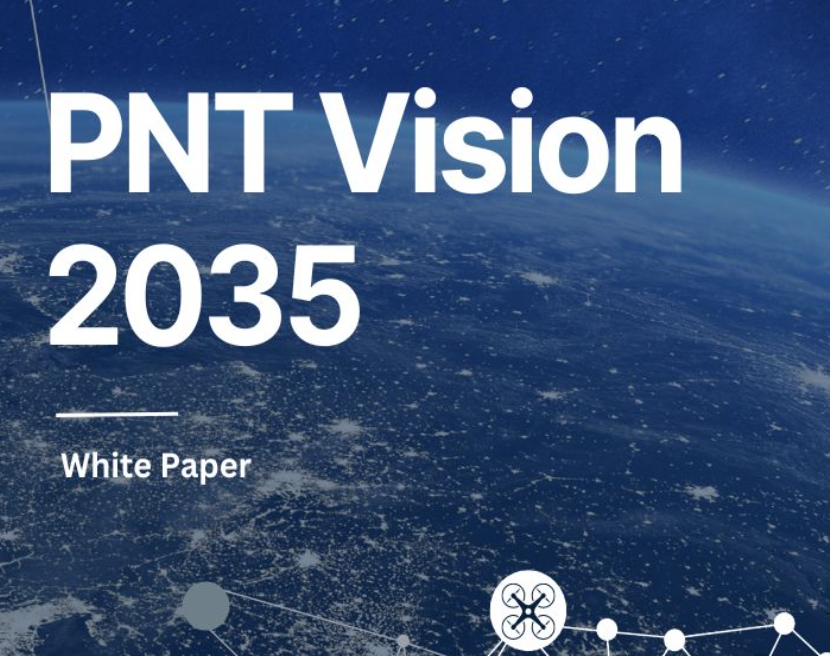The European Space Agency’s Navigation Innovation and Support Program Advisory Committee (NAVAC) has released a new white paper outlining its vision for the evolution of positioning, navigation, and timing (PNT) technology, applications, and services until 2035.
The white paper, ‘PNT Vision 2035’, highlights the importance of continued investment in emerging alternative PNT systems, citing the current widespread economic dependence on GNSS, coupled with growing security and defense concerns. This, it says, necessitates the development of alternative, complementary and more resilient systems. The white paper also calls for proactive measures to address evolving threats, including jamming, cyber-attacks, and environmental risks.
In the white paper, NAVAC advises ESA to prepare for potential loss of access to existing GNSS-based and other PNT systems. Doing so means remaining engaged in the search for new and innovative technology advancements. Continuous risk assessment and the implementation of mitigation programs are also essential to safeguarding crucial PNT services.
The white paper emphasizes the critical role of those services in modern society, noting the 6.5 billion GNSS devices in use worldwide. GNSS-based services now underpin crucial aspects of business, infrastructure, government, and daily life. An estimated 10 percent of EU GDP now depends on PNT services, confirming the economic and social importance of reliable and accurate PNT.
Wide-ranging concerns
The white paper takes an in-depth look at a number of other key PNT-related issues, including, technological trends driving PNT demand, geopolitical and technological challenges, emerging technologies and sensor integration, and system architecture evolution.
The document also identifies what NAVAC sees as new market opportunities driven by emerging applications and services, such as air mobility, autonomous vehicles, the internet of things and space exploration. Accurate timing, the white paper says, often overlooked in the PNT discussion, will also continue to be a critical requirement in many sectors, contributing to the demand for more resilient PNT services.
Finally, the white paper includes a strategic roadmap for the future of PNT technology, emphasizing the importance of resilience, ongoing innovation and strategic investment, all being crucial to strengthening Europe’s position in the global PNT market.
Established by ESA’s Director of Navigation in October 2018, NAVAC currently comprises senior external experts whose primary objective is to provide independent advice on strategic priorities for ESA’s Navigation Innovation and Support Program (NAVISP).






